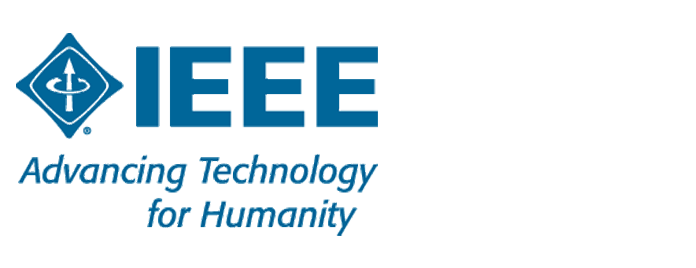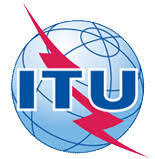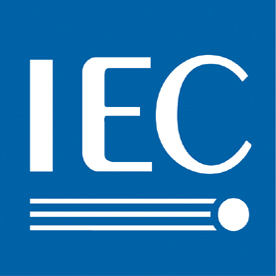Standard for Biometric Liveness Detection
A biometric lifeless attack is one of the indispensable issues within biometric authentication. There are three major components in liveness detection systems: lifeless attack presentation, liveness detection, and lifeless attack instruments. The lifeless attack presentation is divided into artifact presentation and human-based presentation. The liveness detection method includes subject-based and scenario-based solutions, as well as other attributes such as decision elements, detection patterns, and implementations. The lifeless attack instrument is specified from aspects such as production elements, production types of artifacts, efficacy, etc. This document establishes terms and definitions in the field of biometric liveness detection and identifies characterizations of lifeless attack and liveness detection methods, with analysis on lifeless attack instruments. In addition, this document specifies the liveness detection process, implementation model, and metrics.



